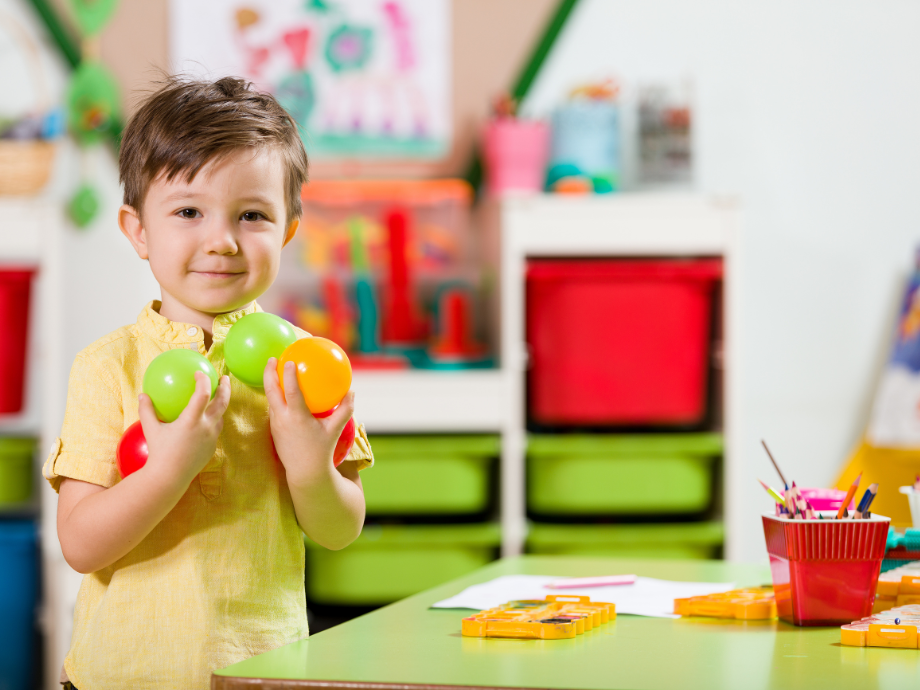The Importance of Physical Environment
- Karen Titolo

- Jul 14, 2022
- 2 min read
Updated: Mar 30, 2023
Our environment affects us all. Our physical surroundings affect how we feel, how comfortable we are, how we relate to others and how successfully we accomplish what we set out to do.

For young children, the environment is particularly important. The size of the classroom and the outdoor play areas, the color of the walls, the size and type of furniture and flooring, the amount of light, the number of windows all influence how children learn. The physical environment is the setting on which everything takes place.
An orderly environment creates orderly values and behavior in children. Everyone feels more relaxed and at ease in a neat, clean and orderly environment. Classrooms that are brightly decorated or decorated in natural tones, may affect children in different ways.
To benefit children, classrooms should be child oriented and well stocked with a multitude of age appropriate learning materials and resources. Classrooms must be clean, safe and well planned to create an atmosphere for a variety of learning experiences for children. Child sized furniture, equipment, toilets and sinks help children to be self-reliant in taking care of their personal needs. Children should be encouraged to respect and take care of the environment as they clean up toys and materials, wipe tables and put away chairs.
Teachers play an important role as they support, facilitate, and encourage children in the environment of the classroom and school. A room that is attractive, cheerful, orderly and filled with interesting objects conveys the message “This is a comfortable place where children can explore, feel safe and learn.”
Good classroom set up means thinking about traffic flow. It accommodates both noisy and quiet areas and allows children to move from space to space easily and in practical ways.It allows children to find and put away materials independently. Children want to be in a welcoming, organized classroom.
Additional things that make a classroom welcoming:
Plants and natural materials help children connect to the environment.
Children’s Artwork displayed at child's eye level helps children know this is their classroom.
Add neutrals and earth tones as background so children see and respond to what you want to highlight.
Use music to create a soothing calm atmosphere.
Learning materials should be accessible throughout the day everyday.
Pillows and other soft materials help promote an atmosphere of relaxation and comfort.
Reflect the culture and community through home items.
Books should also reflect the culture and family background.
Print rich classroom materials showing family and community.
Wall displays and print rich instructional tools.
Learning centers that allow children to explore independently or in a small group.
A well thought out planned engaging environment for children will prevent discipline issues and create a natural learning environment for children.




Comments